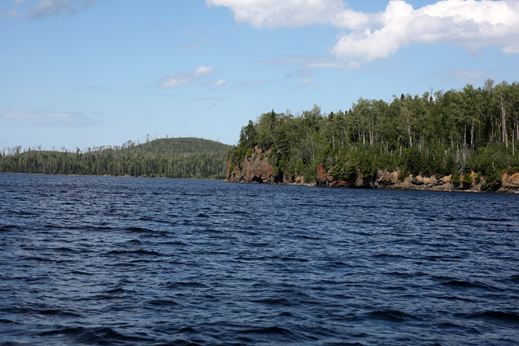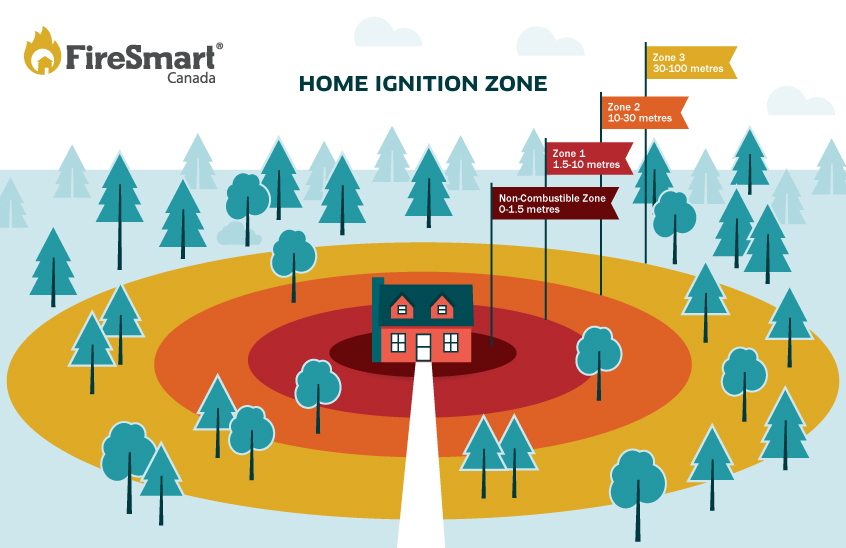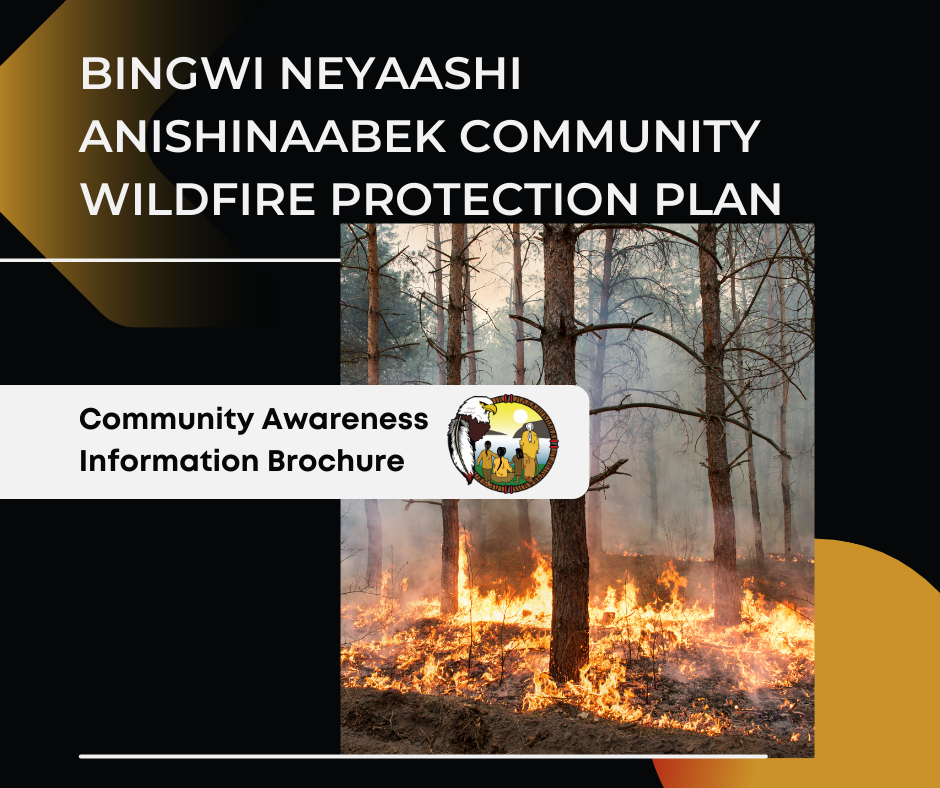Emergency Management
- Lands & Governance
- Emergency Management
Flood Vulnerability
BNA is finalizing its work with CE Strategies on its Flood Vulnerability Study. Significant mapping work has been completed as a part of this project, as well as drone work surveying the reserve and other vulnerable shorelines. Through this project, over 30 member interviews were completed to learn about the locations of any important values that could be impacted by future flooding. The next phase is to look at the engineering required to ensure BNA’s protection from climate change.

Firesmart
BNA has completed a “Firesmart” Project with the support from ISC. Working with its forester for Lake Nipigon Forest Management Inc. (LNFMI), Scot Rubin, as well as NCS, the First Nation’s residents are now much safer. A “Fire Plan” was developed, as well as mapping to ensure that appropriate measures are taken to protect BNA members and assets from possible wildfires. A team from Four Nations Forestry came and cleared problem trees and areas throughout the community. BNA now much-needed safety equipment for future use on the land, including chainsaws and brush saws.
Bingwi Neyaashi Anishinaabek Community Wildfire Protection Plan
Why is FireSmart and Fire Mitigation Important?
Due to the remoteness of the community and the speed at which a wildland fire can occur, having preventative measures in place will increase the amount of time residents will have to evacuate houses in case of an emergency and will reduce the impact that the fire has. Fire safety and response planning is critical to the BNA First Nation community to preserve infrastructure and, more importantly, human lives.
Colour coded wildland fire risk map of the treed areas in and around your community

Work with your neighbours in any overlapping priority zones!

FireSmart Activities for each Ignition Zone
Non-combustible Zone
(0-1.5 metres)
Reduce the chance of wind-blown embers igniting materials near your home. A non-combustible surface should extend around the entire home and any attachments, such as decks. Creating a non-combustible surface can be as easy clearing vegetation and combustible material down to mineral soil. To add to your landscape design, use non-combustible materials such as gravel, brick, or concrete in this critical area adjacent to your home. Woody shrubs, trees, or tree branches should be avoided in this zone, any that are present should be properly mitigated.
Zone 1
(1.5-10 metres)
Create a landscape that will not easily transmit fire to the home. A FireSmart yard includes making smart choices for your plants, shrubs, grass, and mulch. Selecting fire-resistant plans and materials can increase the likelihood of your home surviving a wildfire. Plant a low density of fire-resistant plans and shrubs. Avoid having any woody debris, including mulch, as it provides potential places for fires to start. Storing items such as firewood piles, construction materials, patio furniture, tools, and decorative pieces against or near a house is a major fire hazard. Move firewood piles, trailers/recreational vehicles, storage sheds, and other combustible structures out of this zone and into Zone 2. If unable to move, store firewood inside your mitigated garage, shed, or other ember resistant structures, create a non-combustible zone underneath and for 1.5 metres around trailers/vehicles and mitigate sheds and other structures to the same standards as those of your home.
Zone 2
(10-30 metres)
If your property extends out to this zone, thin and rune evergreen trees to reduce hazard in this area. Within 30 metres of your home, selectively remove evergreen trees to create at least 3 meters of horizontal space between the single or grouped tree crowns and remove all branches to a height of 2 metres from the ground on the remaining evergreen trees. If possible, pruning trees up to 100 metres from your home (Zone 3) is recommended. Regularly clean up accumulations of fallen branches, dry grass, and needles from on the ground to eliminate potential surface fuels. Consider seeking the guidance of a forest professional with wildland fire knowledge on appropriate management options for this zone.
Zone 3
(30-100 metres)
Taking FireSmart actions in Zone 3 on your property will influence how a wildfire approaches your home. You can change the dynamics of wildfire behaviour by managing vegetation within this zone. Look for opportunities to create a fire break by creating space between trees and other potentially flammable vegetation. Thinning and pruning is effective here as well. These actions will help reduce the intensity of a wildfire. Consider seeking the guidance of a forest professional with wildland fire knowledge on appropriate management options for this zone.
BNA Firesmart Plan
Download our community wildfire protection plan below to stay safe


